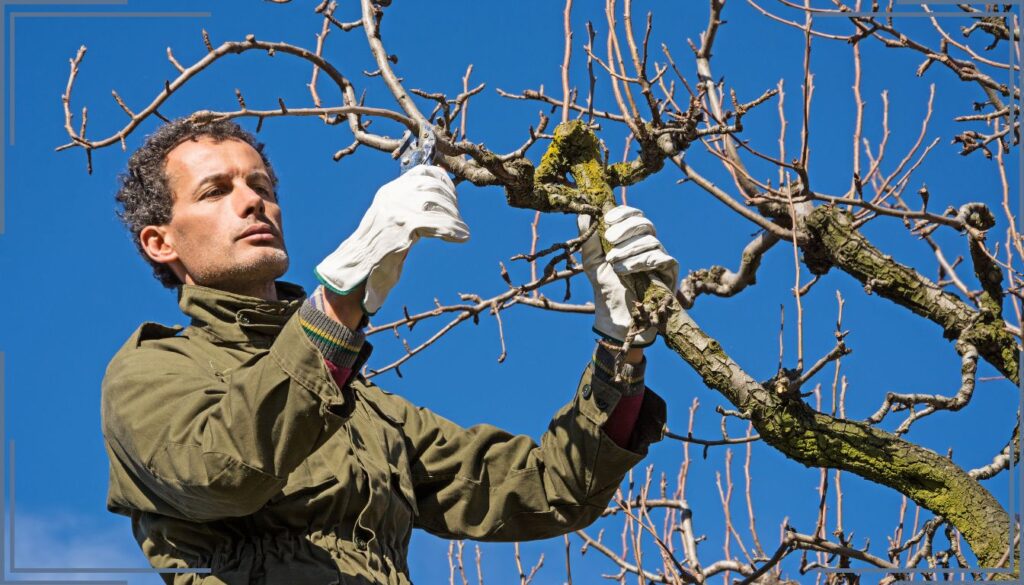Preserving your crops over the winter is a challenge that many farmers face. Instead of resorting to chemical preservatives, there are natural methods passed down over time that can work miracles.
Find out how thesimple use of sage and mint leaves can prolong the freshness of your plants and products, keeping the aromas and flavors intact.
Sage and mint: natural allies
The antibacterial and antifungal properties sage and mint have been known since ancient times. In addition to being used in cooking, these herbs have powerful effects natural preservatives.
The richness in bioactive compounds such as polyphenols e flavonoids makes them a valid aid in preventing the formation of mold and the growth of bacteria in crops.
How to prepare leaves for use
Especially the drying process
Drying the leaves properly is essential. It is important to harvest them on a dry day, taking the sage and mint leaves mid-morning, after the dew has evaporated.
Arrange the leaves on a clean cloth in a well-ventilated place, away from direct sunlight, turning them every day to ensure even drying.
In a few days the leaves will be crumbly to the touch.
Use the leaves in preserving crops
Once dried, the leaves should be placed in storage spaces. Place some leaves of sage or dried mint in vegetable drawers or at the bottom of baskets and chests for storage.
This method takes advantage of the properties antimicrobial of sage and mint to extend the life of your products. Remember not to let them come into direct contact with soft-fleshed fruits and vegetables to avoid changes in flavor.
The science behind sage and mint leaves
The effectiveness of these plants is mainly due to their chemical composition. Their essential oils they form a barrier against harmful microorganisms.
Furthermore, the ability to regulate humidity makes them ideal for storing roots and tubers, absorbing excess humidity and creating an environment hostile to mold.
Furthermore, mint neutralizes the unwanted odorsa significant advantage when storing different types of vegetables together.
Crops that benefit
While all crops can benefit from these remedies, some especially benefit from them. The song by the bird frequently prone to mould, they can stay fresh for longer with a few sage and mint leaves.
Carrots and beets they stay crunchy longer in boxes with some dried sage leaves. Also garlic, onions and echalotes they benefit from the antibacterial effect, reducing the risk of unwanted mold.
Maximize crop conservation
To get the most out of using sage and mint, avoid abrupt temperature changes in storage spaces to prevent condensation.
Keep vegetable drawers clean and inspect your produce regularly to remove any compromised fruit or vegetables as soon as possible to prevent them from contaminating the rest.







